You have not yet added any article to your bookmarks!

Join 10k+ people to get notified about new posts, news and tips.
Do not worry we don't spam!
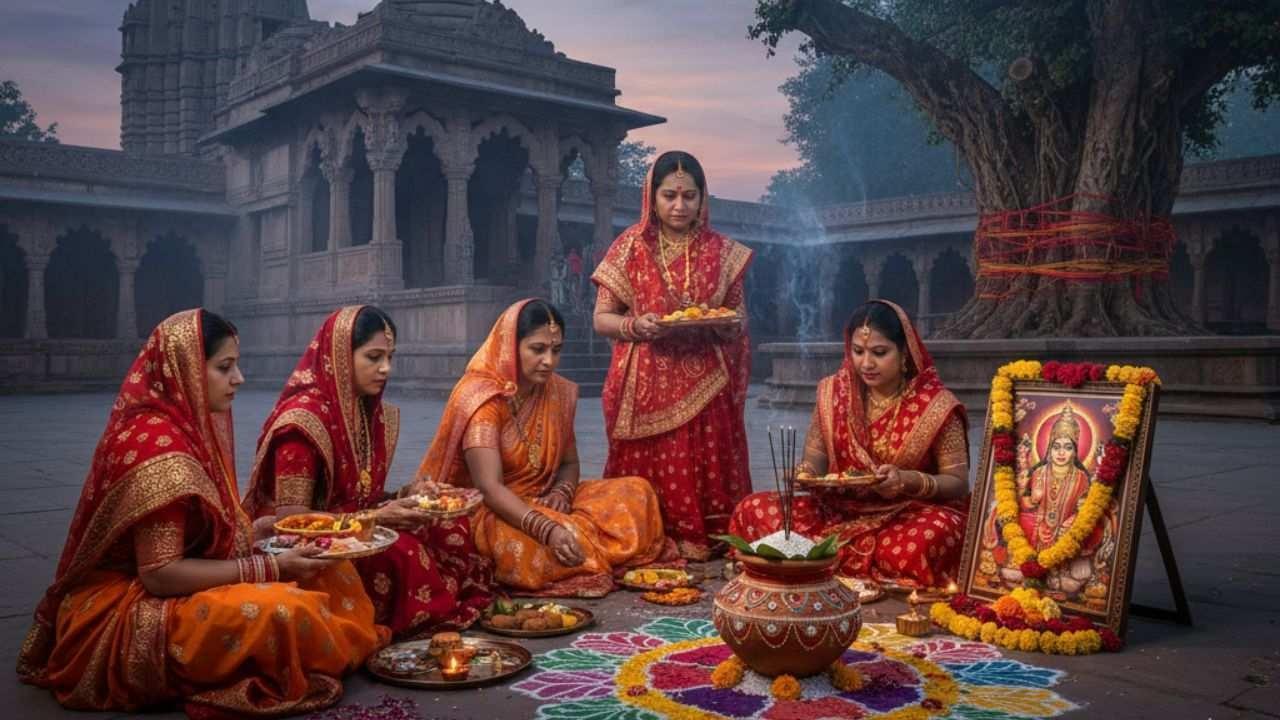
Post by : Sameer Farouq
The festival of Ahoi Ashtami is one of the most sacred and emotional observances in the Hindu tradition, dedicated to the love, sacrifice, and prayers of mothers for the welfare of their children. The highlight of this festival is the Ahoi Ashtami Vrat Katha, a powerful story that reflects the strength of a mother’s devotion and the grace of Ahoi Mata, a divine form of Goddess Lakshmi.
Every year, this vrat (fast) is observed with deep faith and reverence, reminding families of the eternal bond between a mother and her children — a bond nurtured by love, devotion, and selflessness.
The word “Ahoi” is derived from the Sanskrit root “Aho”, meaning “to call or invoke”. Mothers observe the Ahoi Ashtami fast to invoke the blessings of Ahoi Mata for their children’s good health, long life, and prosperity.
The vrat falls on the Ashtami Tithi (eighth day) of the Krishna Paksha (waning phase of the moon) in the Kartik month, approximately eight days before Diwali. On this day, women abstain from food and water (nirjala vrat) until they sight the stars or the moon in the evening, symbolizing endurance and faith for their children’s well-being.
But beyond rituals and fasting lies a beautiful story — the Ahoi Ashtami Katha — which gives the festival its spiritual essence.
Long ago, there lived a kind-hearted woman in a small village. She was a devoted wife and a loving mother to seven sons. As the festival of Diwali approached, she decided to decorate her home and fetch some soil from the nearby forest to repair her house walls.
Carrying her tools and a basket, she went into the forest to dig clay. As she began digging, her spade accidentally struck and killed a small baby animal — a lion cub (sinh shavak).
Terrified and guilt-ridden, she returned home and prayed for forgiveness. But soon, tragedy struck her family. Within a year, all seven of her sons died mysteriously, one after another. The woman and her husband were devastated. The villagers whispered that her misfortune was due to the unintentional killing of the baby animal.
Years passed, and her heart was heavy with grief. She longed for forgiveness and a way to atone for her sin. So, she began a deep penance — fasting, praying, and seeking mercy from the Divine Mother.
One day, while traveling through a forest during her pilgrimage, the sorrowful woman met a group of women who were observing a special fast dedicated to Ahoi Mata. They told her that this fast was meant to bless women with children and to protect them from harm.
With newfound hope, the woman decided to join them in observing the Ahoi Ashtami Vrat. She listened to their prayers, learned the rituals, and drew the sacred image of Ahoi Mata on the wall, with seven children and a lion cub — symbolizing her repentance.
She prayed fervently, asking Ahoi Mata to forgive her unintentional sin and restore her family’s happiness.
Pleased by her sincere devotion and repentance, Ahoi Mata appeared before her in divine light. The Goddess said,
“Your repentance has washed away your past karma. From now on, you shall be blessed with the joy you once lost.”
Soon after, all seven of her sons were miraculously revived, healthy and happy. Her home once again filled with laughter, and she became known for her unwavering faith and devotion.
From that day forward, mothers across the land began to observe the Ahoi Ashtami fast in her honor — praying to Ahoi Mata for the well-being and prosperity of their children.
The Ahoi Ashtami Vrat Katha carries a profound spiritual message that goes beyond its mythological roots. It teaches us that even a small act of carelessness can have consequences, but sincere repentance and unwavering devotion can cleanse all sins.
Ahoi Mata represents forgiveness, fertility, protection, and compassion. Her blessings are said to shield children from misfortune and grant them long, prosperous lives.
For mothers, this vrat becomes an expression of unconditional love — a divine offering where personal comfort is sacrificed for the happiness of their children.
Early Morning Preparations: Women wake up before sunrise, bathe, and take a vow (sankalp) to observe the fast for their children’s well-being.
Fasting: Most devotees follow a nirjala vrat, abstaining from food and water until evening.
Drawing Ahoi Mata: In the evening, an image of Ahoi Mata is drawn on the wall or printed on cloth. The image includes stars, children, and sometimes a lion cub.
Puja and Katha: During the Ahoi Ashtami puja, the Ahoi Mata story is narrated, and prayers are offered with roli, rice, water, flowers, and sweets.
Star Sighting: After sighting the evening stars, women offer water and prayers before breaking their fast. In some regions, the fast ends after moonrise.
These rituals are believed to attract positive energy, strengthen family harmony, and bring divine blessings into the home.
Ensures children’s health, happiness, and longevity
Brings peace and prosperity to the family
Removes the effects of past karmic actions
Strengthens faith and discipline
Deepens the spiritual connection between mother and child
The vrat is not only an act of devotion but also a form of spiritual purification, teaching humility, forgiveness, and the power of selfless love.
Every year, millions of mothers observe Ahoi Ashtami with pure hearts, reaffirming their faith that divine grace protects their children. The Vrat Katha serves as a timeless reminder that when love is bound with devotion, miracles happen.
Ahoi Mata continues to bless mothers who pray with sincerity, turning their hopes into reality and their devotion into divine strength.
The content on this website is intended for informational and educational purposes only. The descriptions of festivals, rituals, and religious practices, including Ahoi Ashtami Vrat and its associated stories, are based on traditional beliefs and cultural practices.
Readers are advised to consult local religious authorities, priests, or family elders for accurate dates, muhurats, and procedures as they may vary by region and tradition. This website does not provide medical, legal, or professional advice, and the authors are not responsible for any personal or cultural interpretation of the rituals mentioned.





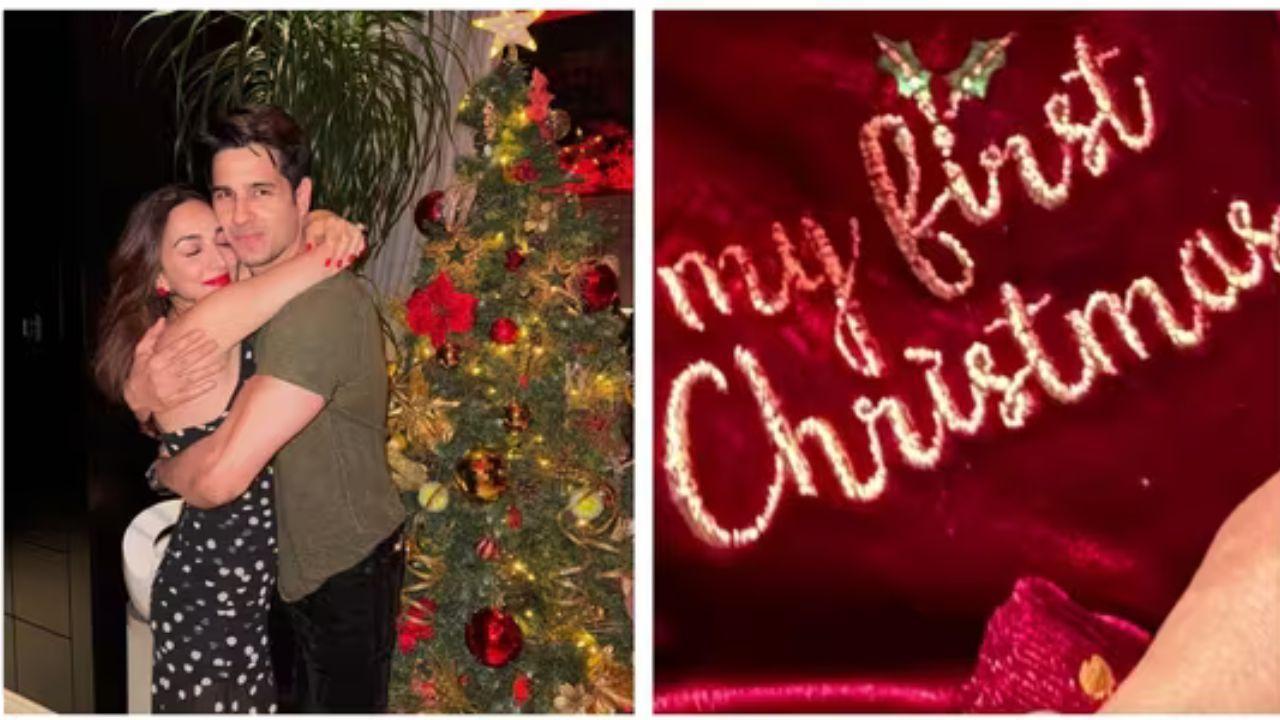
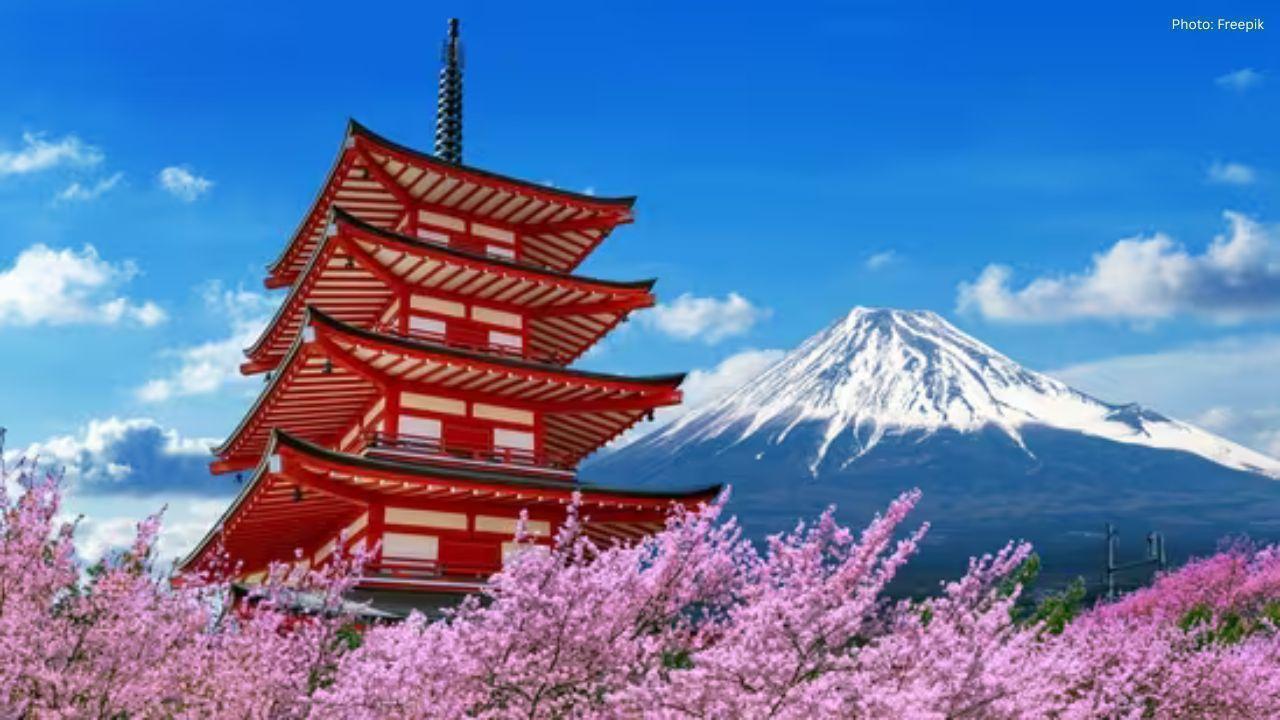


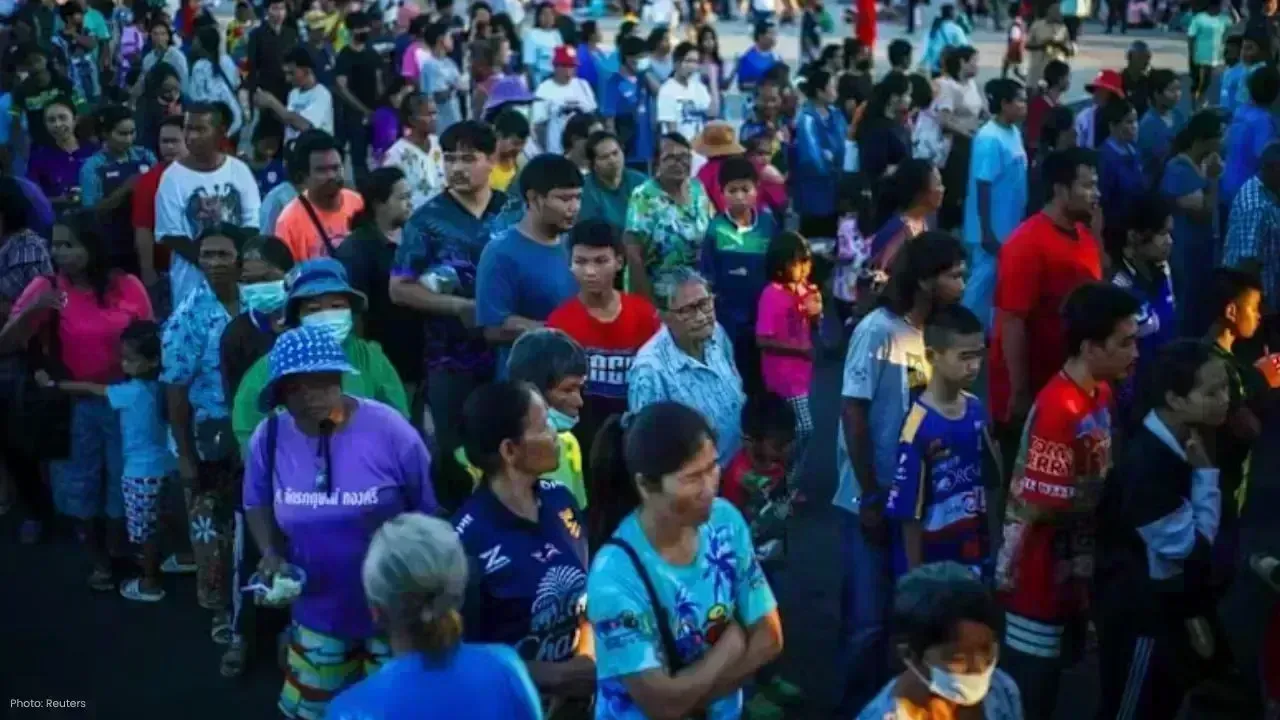
Thailand Defence Minister Joins Talks to End Deadly Border Clash
Thailand’s defence chief will join talks with Cambodia as border clashes stretch into a third week,

India Raises Alarm Over Fresh Attacks on Hindus in Bangladesh
India has condemned recent killings of Hindu men in Bangladesh, calling repeated attacks on minoriti
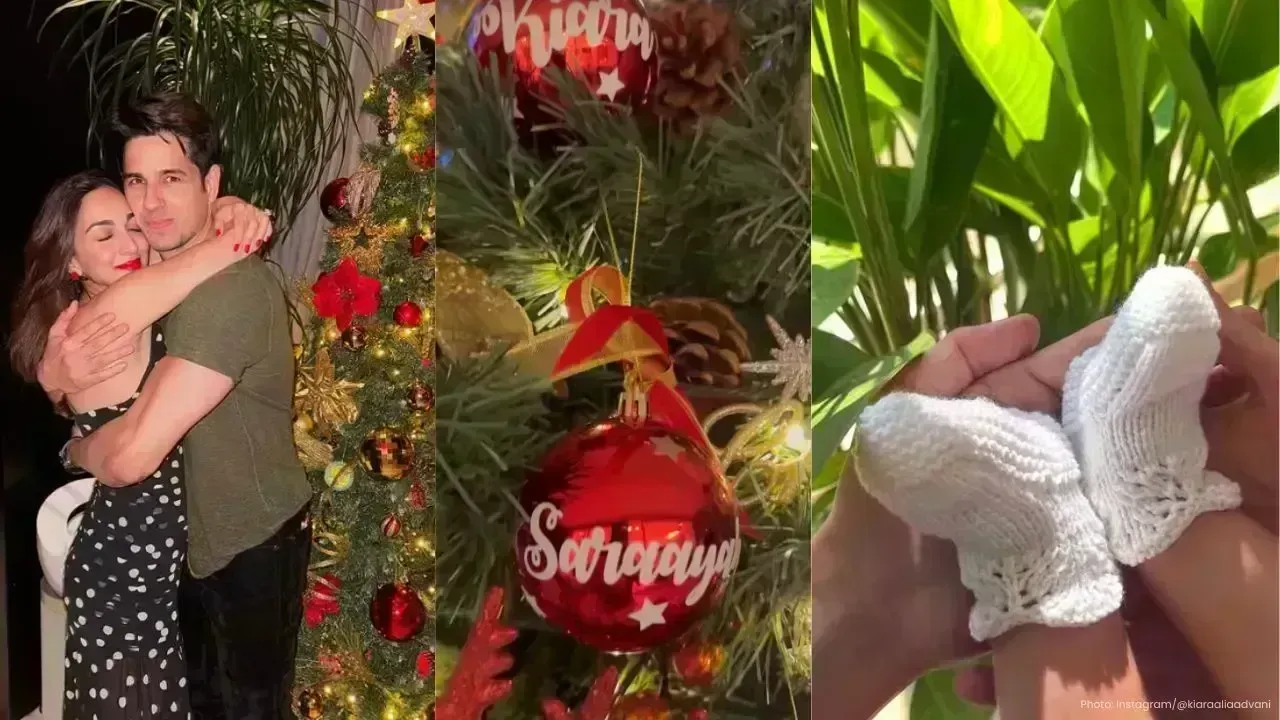
Sidharth Malhotra & Kiara Advani Celebrate Baby Saraayah’s 1st Christmas
Sidharth and Kiara share adorable moments of baby Saraayah’s first Christmas with festive décor and

South Korea Seeks 10-Year Jail Term for Former President Yoon Suk Yeol
South Korea’s special prosecutor demands 10 years for ex-President Yoon Suk Yeol on charges includin
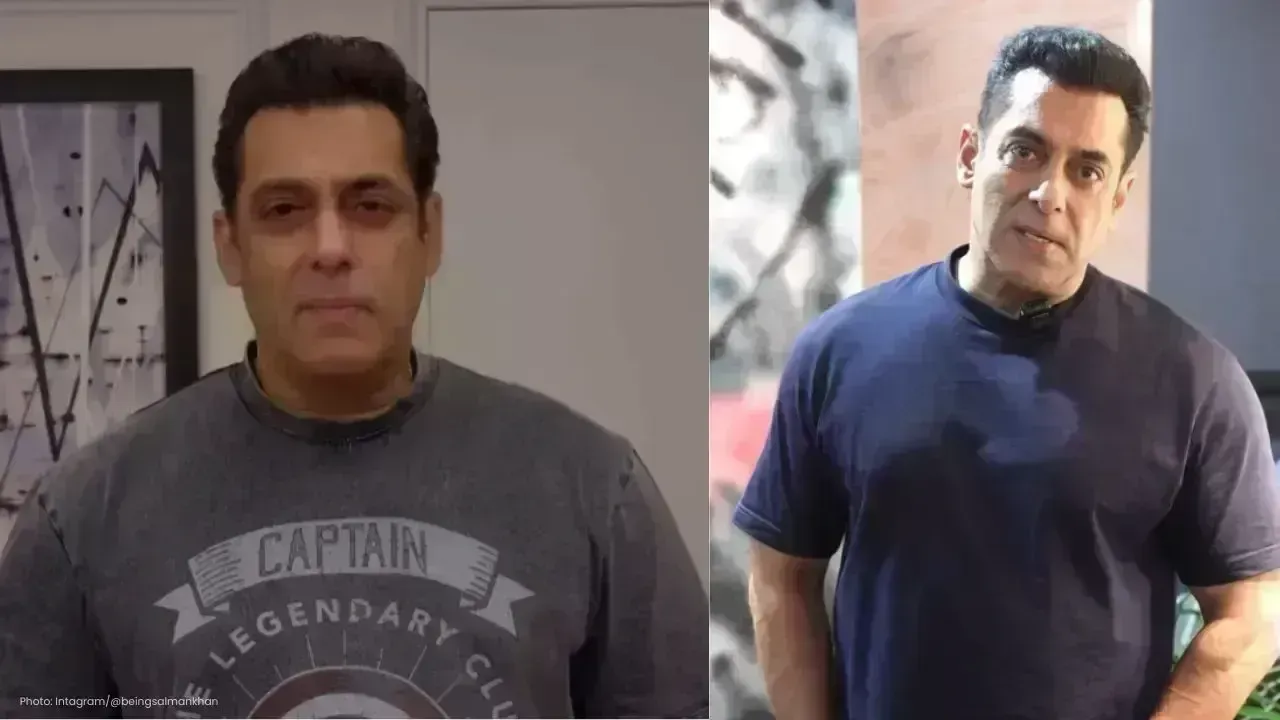
Salman Khan’s Exclusive 60th Birthday Bash at Panvel Farmhouse
Salman Khan to celebrate his 60th birthday privately at Panvel farmhouse with family, friends, and a

Dhurandhar Breaks Records with Rs 1006 Cr, Becomes Bollywood’s Biggest Hit
Dhurandhar rakes in over Rs 1006 crore worldwide in 21 days, becoming Bollywood’s highest-grossing f